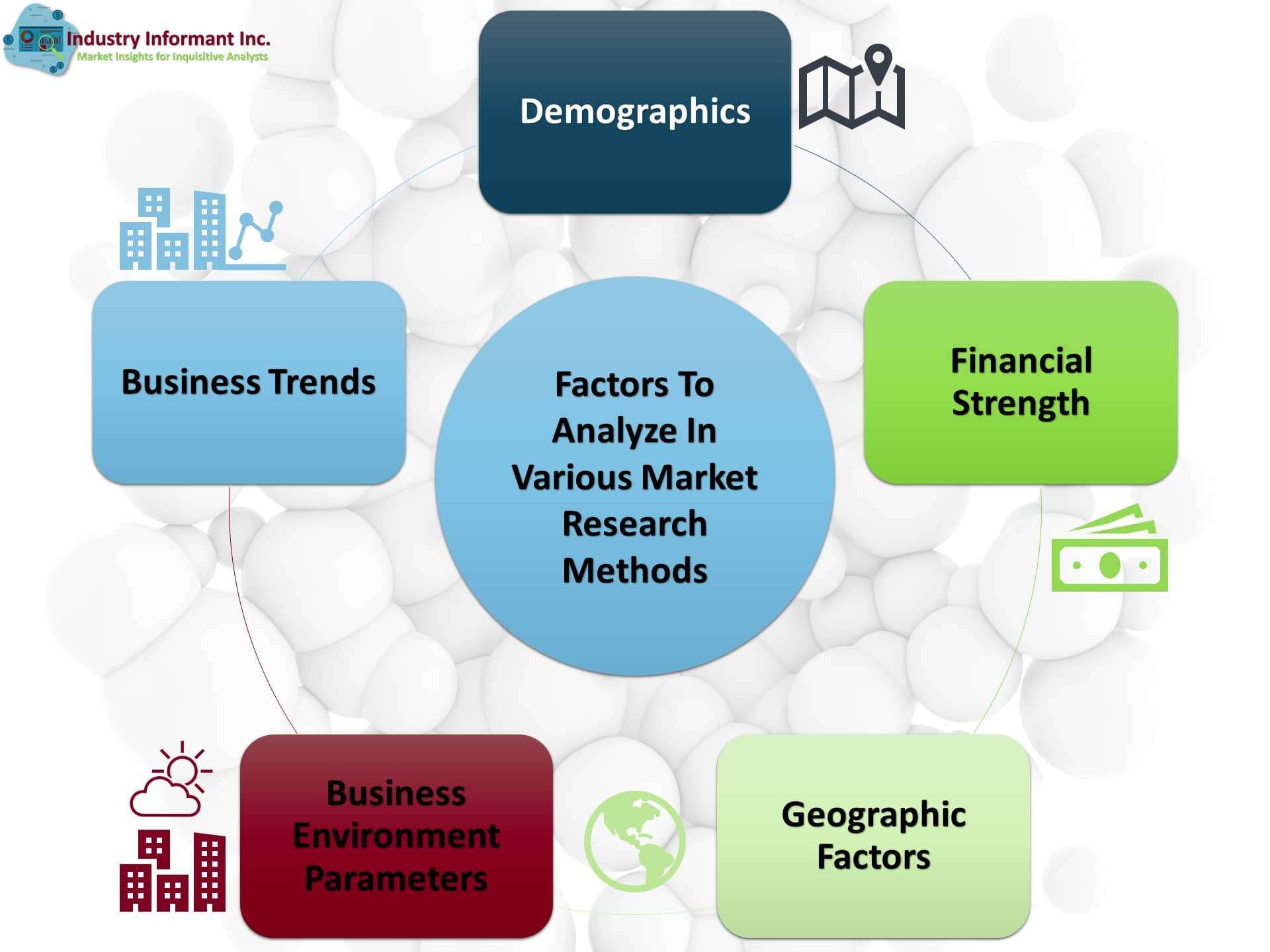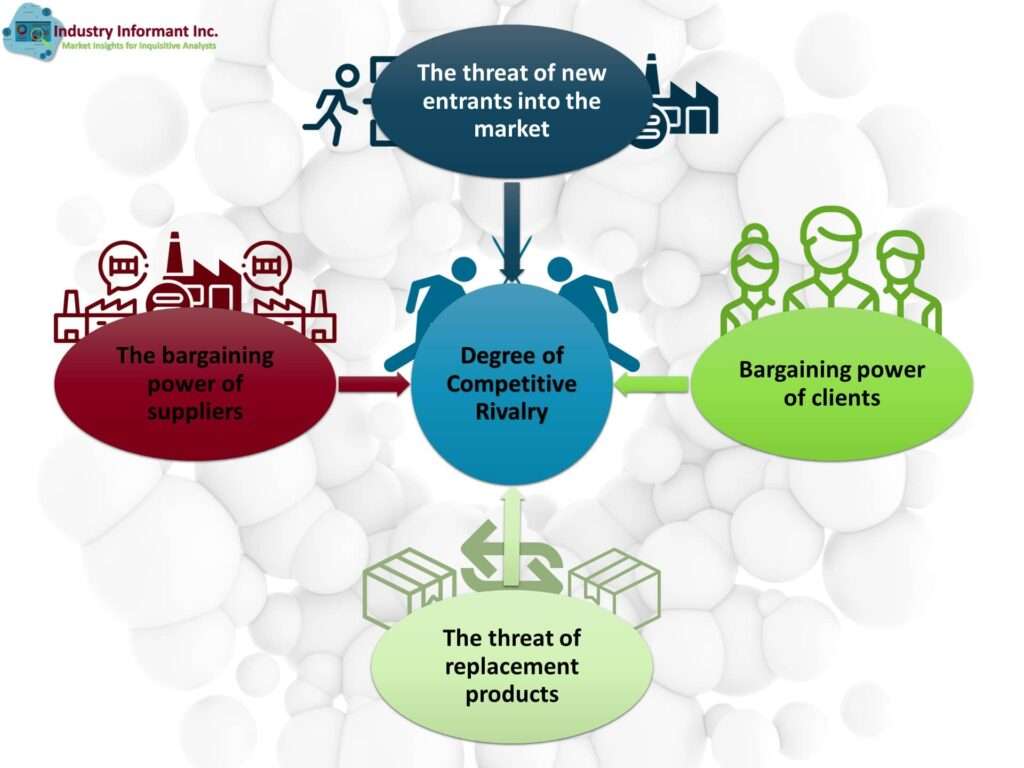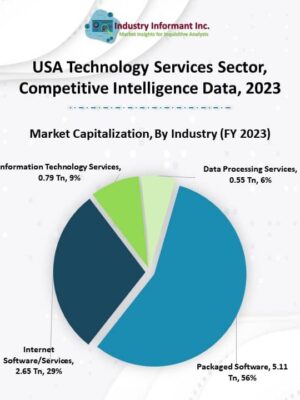What is Market Research and Competitive Analysis?
Competitive analysis and market research are both combined in what is called market analysis. Item supervisors learn about consumer desires and market patterns by performing market research, which includes a subset called competitive analysis. When you look into your competitors, you utilize marketing research principles and methodologies to discover what they are doing today and discover their future strategies.
It is typically presumed that these two tools offer cold-proof to plan your company plan on. However, that is not real. In reality, a great context helps us comprehend truths the very best. The story offers your perspective a structure that makes the storyline qualitative information. The quantitative stats are the survey results. Combining the 2 of them constructs a strong alternative.
Methods of Market Research
Market Research assists one in the position of obligation and determines market and customer requirements per brand-new assessments and segmenting markers. Combining economic trends and consumer psychology helps to improve your business ideas.

Assessing your organization to pick a method is crucial for Market Research. Take a look at the following:
- Demographics.
- Financial Strength.
- Location.
- Schedule of other options.
- Most Current Business Trends.
To understand your positioning in the market. Qualitative research study approaches such as consumer panel interviews and focus groups are appropriate in the high context. In low context, tracking experiments and surveys in Quantitative conformation are much better.
Using Competitive Analysis

Michael Porter created a design to analyze the contending forces in any market. He defined essential aspects of comprehending the nature of competition in your company:
- Bargaining power of clients
- The bargaining power of providers
- The danger of replacement items
- The threat of new entrants into the market
- The degree of competitive rivalry
Competitive analysis lets you gain insights from businesses competing for your potential consumers. This information is vital for identifying a competitive benefit that creates long-lasting revenue. A competitive act you didn’t anticipate can distinguish between success and failure. Competitive analysis can help you avoid being captured off guard. Even though your industry might be filled, if you concentrate on the top 3 competitors, you’ll learn enough about them to stop fretting about the lesser-known firms.
Special Selling Proposition Assessment in Market Research Methodology
Successful rivals have a USP (Unique Selling Proposition) and a matching competitive edge. You can separate yourself from the competitors with a USP that is challenging to imitate. A competitive benefit offers your company an edge over rivals in a specific field. A USP developed on your competitive advantage is difficult to mimic and contributes to your company’s success.
- Expense
If it is connected to an inexpensive, competitive benefit, this is a strong USP. It just functions if your expenses remain, in fact, lower than those of your competitors. You can sell for less money while still turning a profit. Your lowest-cost USP will lead to a loss if you lack an inexpensive competitive advantage. - Toughness
If you can show you have the best quality, quality might be a USP. Usually, quality is identified by aspects like sturdiness, the use of higher-quality products, or the product’s appearance and style. You should base your claim of the best quality on a factor that matters to your target market. - Service
Stating that you supply the very best service needs to be increased. It would be best to believe uniquely that your service is the best and is tough to reproduce. Businesses that use a USP for their services frequently give their staff members specialized training or use uncommon hiring treatments to develop their USP. - Products Pipeline
Beyond this preliminary research study, it is necessary to hold a deeper understanding of your company and that of your rivals. Have an idea of their finances, management timeline, choices, consumer base, and upcoming items. This understanding allows you to return much better to their actions and put forth your own.
What We Learn From Market Analysis and Competitive Intelligence
Marketing research allows you to identify the target customers and reveals how to pitch to some of those customers by separating your business into enticing methods.
You can separate your market into groups with similar interests and characteristics. As a result, you might target each sector separately and provide tailored USPs.
It would help if you considered your SWOT analysis when creating this strategy. Pick a method that capitalizes on both your benefits and your rivals.
The precise demographics of your customers and the reasons they will pick to do business with you over your rivals should be understood before you start operations.






